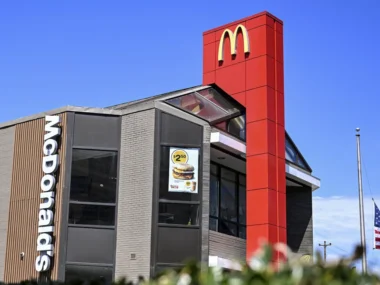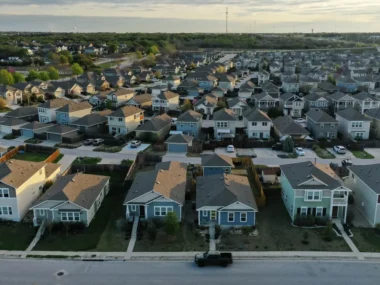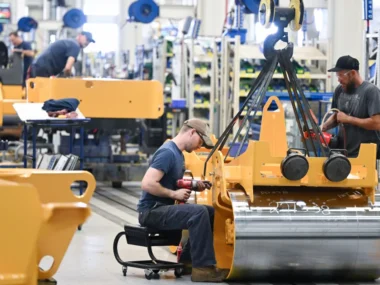During the early stages of the Covid-19 pandemic, lower-income and middle-class households experienced a more rapid increase in their net worth compared to their higher-income counterparts, as revealed in a report by the Pew Research Center. Between December 2019 and December 2021, the median wealth of lower-income households surged by 101%, while the middle class saw a 29% increase. In contrast, upper-income households witnessed a 15% rise in their net worth.
However, it’s important to note that significant wealth disparities persist. In December 2021, high earners had a median net worth of $803,400, whereas the middle class and lower-income households had nest eggs of $204,100 and $24,500, respectively, according to Pew’s findings.
Despite the economic turmoil experienced in the early stages of the pandemic, which resulted in a drop in median income and an increase in long-term unemployment, Americans as a whole saw an increase in their wealth.
Several factors may have contributed to this growth. The U.S. Congress passed multiple relief packages that provided financial assistance to individuals, particularly lower-income and middle-class households. These measures included three rounds of stimulus checks with a total value of $3,200, a significant expansion of unemployment benefits, more generous food stamp programs, an enhanced child tax credit, and assistance for renters and homeowners in the form of housing aid.
Additionally, during this period, home prices surged by 31% between December 2019 and December 2021, leading to an increase in homeowners’ equity. Historically low mortgage rates allowed homeowners to reduce their monthly payments, further contributing to their financial well-being. Simultaneously, after an initial decline when the pandemic began, stock prices rebounded strongly, offering another avenue for wealth growth for many Americans.
Americans With Lower Incomes Continue to Face Ongoing Financial Difficulties.
Despite these improvements, less affluent households were likely to remain in debt both prior to the pandemic and at the close of 2021. Approximately half of these households had a net worth of $500 or less in December 2021, compared to having no net worth at all two years earlier.
Rakesh Kochhar, a senior researcher at Pew, commented on the pandemic’s financial impact, noting that while there were broad and substantial financial gains for all households, these gains were not sufficient to lift the poorest individuals in the country out of debt.
In the case of typical lower-income Black households, their net worth remained negative at -$4,000 at the end of 2021, indicating they owed $4,000 more than their assets. This represents an improvement from their median negative net worth of -$10,000 two years prior.
Similarly, poorer Hispanic households had a median net worth of $0, compared to a negative net worth of -$1,100 at the close of 2019. Lower-income White households had a net worth of $4,700 in December 2021, an increase from $800, while lower-income Asian households had a net worth of $8,900 in the same period, up from $2,900.
The Improvements in Financial Situations May Not Be Sustainable.
The recent financial improvements experienced by lower-income and middle-class Americans may not be sustainable. According to Pew, the factors that contributed to wealth accumulation from 2019 to 2021 have either reversed or slowed down. Incomes decreased between 2021 and 2022, and household spending increased by 9%, partly due to the depletion of savings accumulated earlier in the pandemic.
Additionally, the rate of growth in home values decelerated, and stock prices experienced declines in 2022, although they have mostly recovered those losses this year.
Furthermore, other government reports indicate that lower-income Americans faced setbacks in 2022. The US Census Bureau reported a significant increase in the share of Americans living in poverty, particularly among children, last year, after a decline in poverty rates in 2021.











